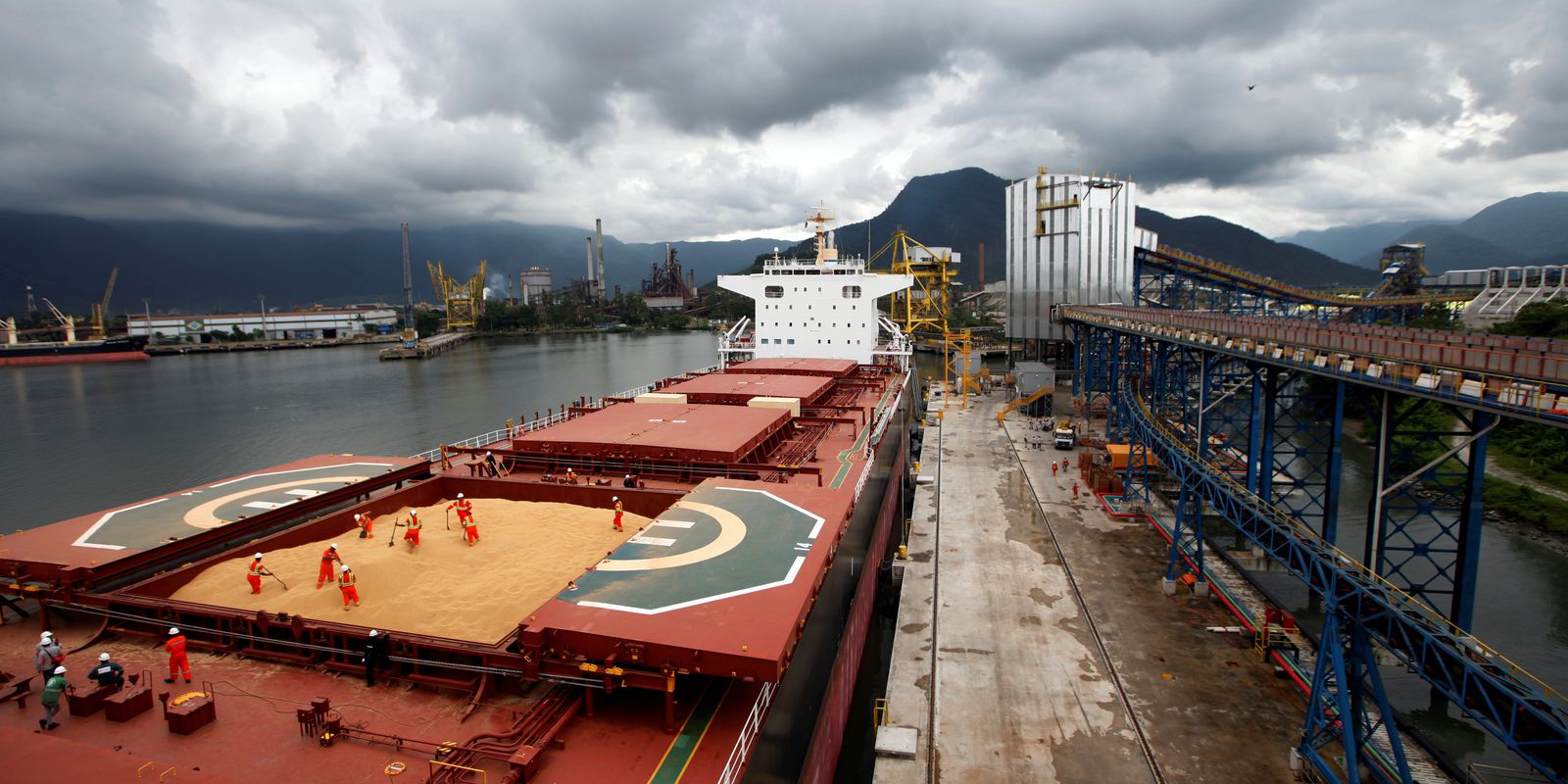A survey released today (1st) by the Brazilian Foreign Trade Association (AEB) reveals that, despite the resumption of the positive results achieved from 2021 onwards with the alleviation of the covid-19 pandemic, Brazil cannot consider South America a captive market for its exports. This is largely due to the growing presence of China, which has begun to take Brazil’s place as the main supplier in some countries, especially Argentina and Chile. “China is taking up all the space. South America is a third market for it”, said the executive president of AEB, José Augusto de Castro.
AEB research shows that the accumulated results in 2019, represented by export earnings of US$ 27.8 billion, were affected in 2020 by the pandemic, falling to US$ 22.6 billion. With the amelioration of the health crisis, the following year, export earnings recovered quickly, rising to US$ 33.9 billion. This recovery continues in 2022, with projected export revenue for the country in the South American region of around US$ 41 billion.
commodities
Contrary to what happens with Brazilian exports to the world market, led by commodities (agricultural and mineral products), Brazil’s sales to South America are represented by manufactured products, with higher added value. As for imports, commodities or products with little processing predominate.
“Our market for manufactured goods is South America. Europe and the United States buy manufactured goods [do Brasil], but very little. Asia doesn’t buy anything,” Castro said. According to him, this is explained by the fact that South American countries export commodities and buy manufactured goods from Brazil. Our country is no exception to the rule, exports commodities and buys manufactured goods on the foreign market.
The executive president of the AEB believes that Brazilian exports are growing because commodities are still at high prices on the international market. “This generates more foreign exchange for these South American countries and more purchasing power for imports. As a result, import revenue for these countries increased for the world. This is opening up the possibility of importing more products from third countries. And as Brazil is the closest, it has lower logistics costs, has the possibility of transport by road, availability of container. With these facilities, they end up buying from Brazil, which is closer than Europe and the United States”.
With the exception of Paraguay, due to the importation of electricity, and Bolivia, due to the importation of natural gas, the data show that Brazil has a trade surplus with all other South American countries. Castro also pointed out that the negotiating power of Europeans, Asians and even North Americans makes the prices of their products higher than those practiced by Brazil for the South American region.
Argentina
José Augusto de Castro said that it is still too early to say whether the exchange rate measure recently adopted by Argentina could hinder imports from Brazil. He said that, if eventually, South American countries stop buying from Europe and the United States, they may buy from Brazil, which will not imply any drop in the country’s balance. Within two months, he believes he will be able to begin to have a clearer signal of what is going to happen. This is due to the great weight of road transport between Brazil and Argentina, he pointed out.
The main products exported by Brazil to South America are automobiles (11%) and auto parts (9.6%), to Argentina; fertilizers (5%), agricultural machinery (4.6%) and automobiles (3.7%), for Paraguay; automobiles (8.2%), pick-up trucks (6%), beef (4.9%) and pork (4.5%), for Uruguay; oil (28%), for Chile; iron bars (10%) for Bolivia; oil (23%), for Peru; automobiles (16%), for Colombia; automobiles (9.1%), laminates (6.9%) and polymers (5.1%), to Ecuador; and sugar (18%), vegetable fats and oils (17%) and edible products (11%), for Venezuela.
On the other hand, the main products purchased by Brazil from the region are pick-up trucks (20%), automobiles (12%), wheat (12%), electricity (8.9%), from Argentina; electricity (32%) and soy (11%), from Paraguay; pick-up trucks (11%), cereals (10%), plastic articles (9.6%) and electricity (9%), from Uruguay; copper (44%) and whole fish (13%), from Chile; natural gas (88%), from Bolivia; copper (35%) and other ores (19%), from Peru; coal (31%), coke (18%) and polymers (16%), from Colombia; lead (31%), from Ecuador; alcohols and phenols (45%) and fertilizers (31%), from Venezuela.









